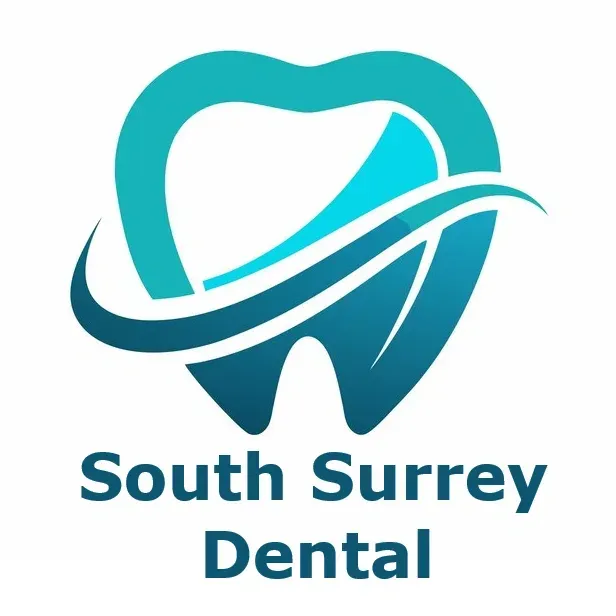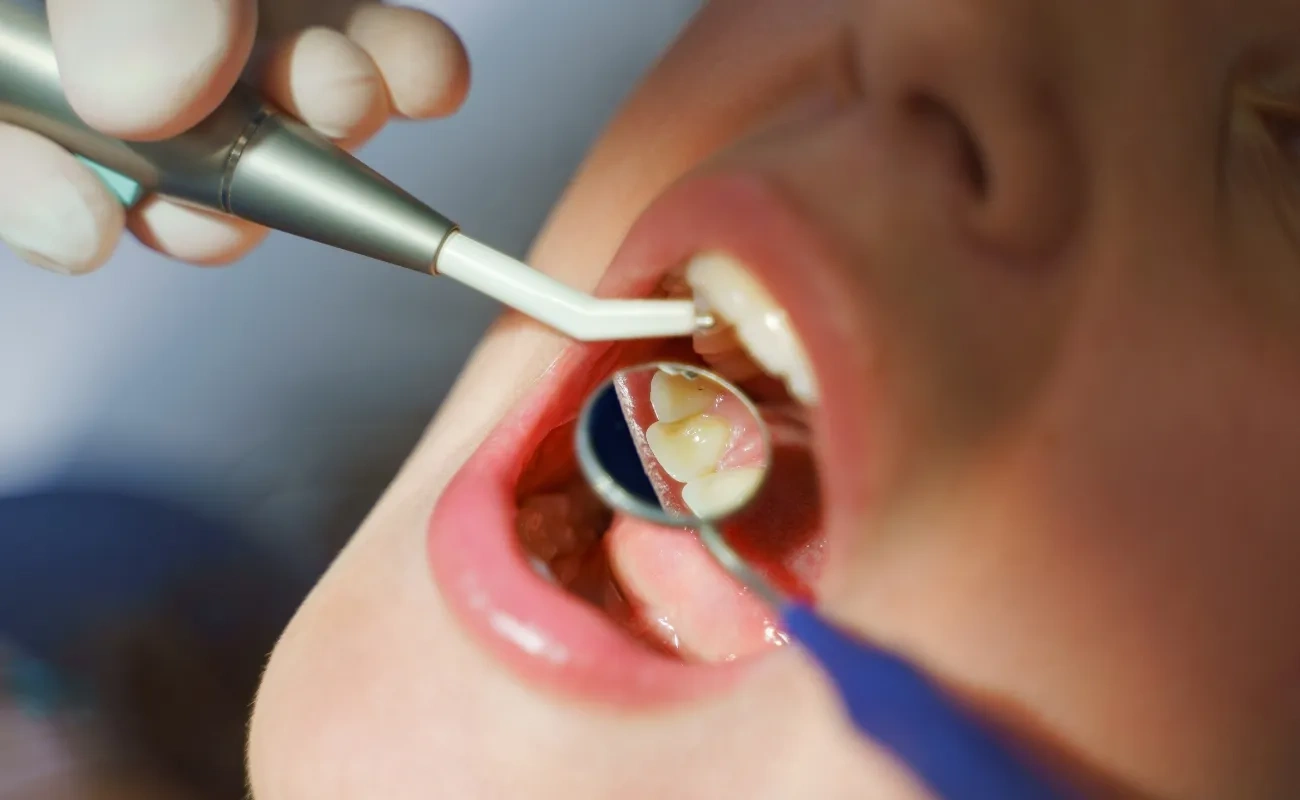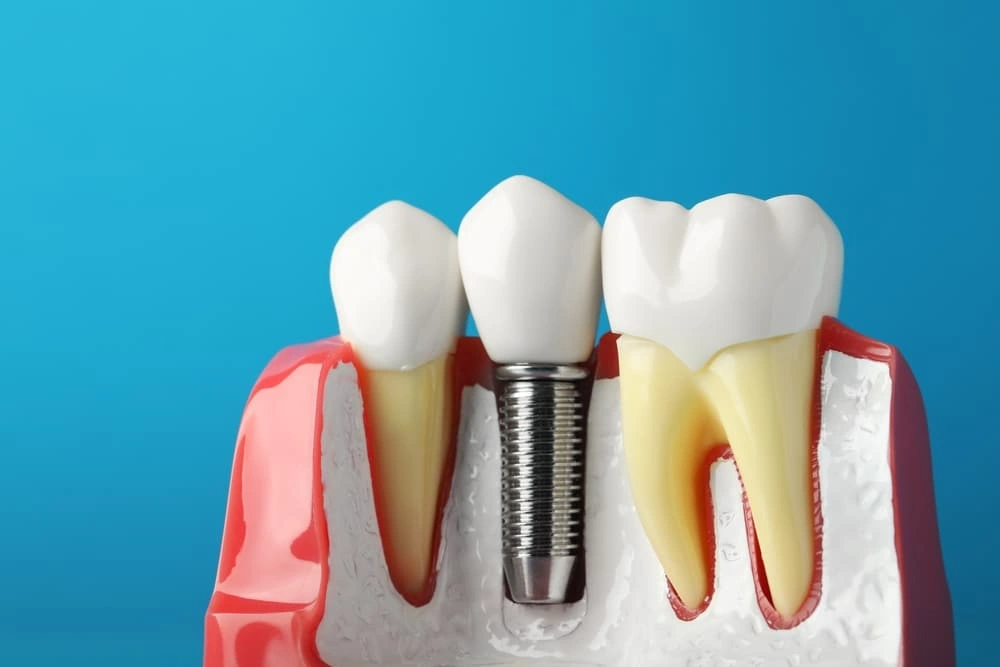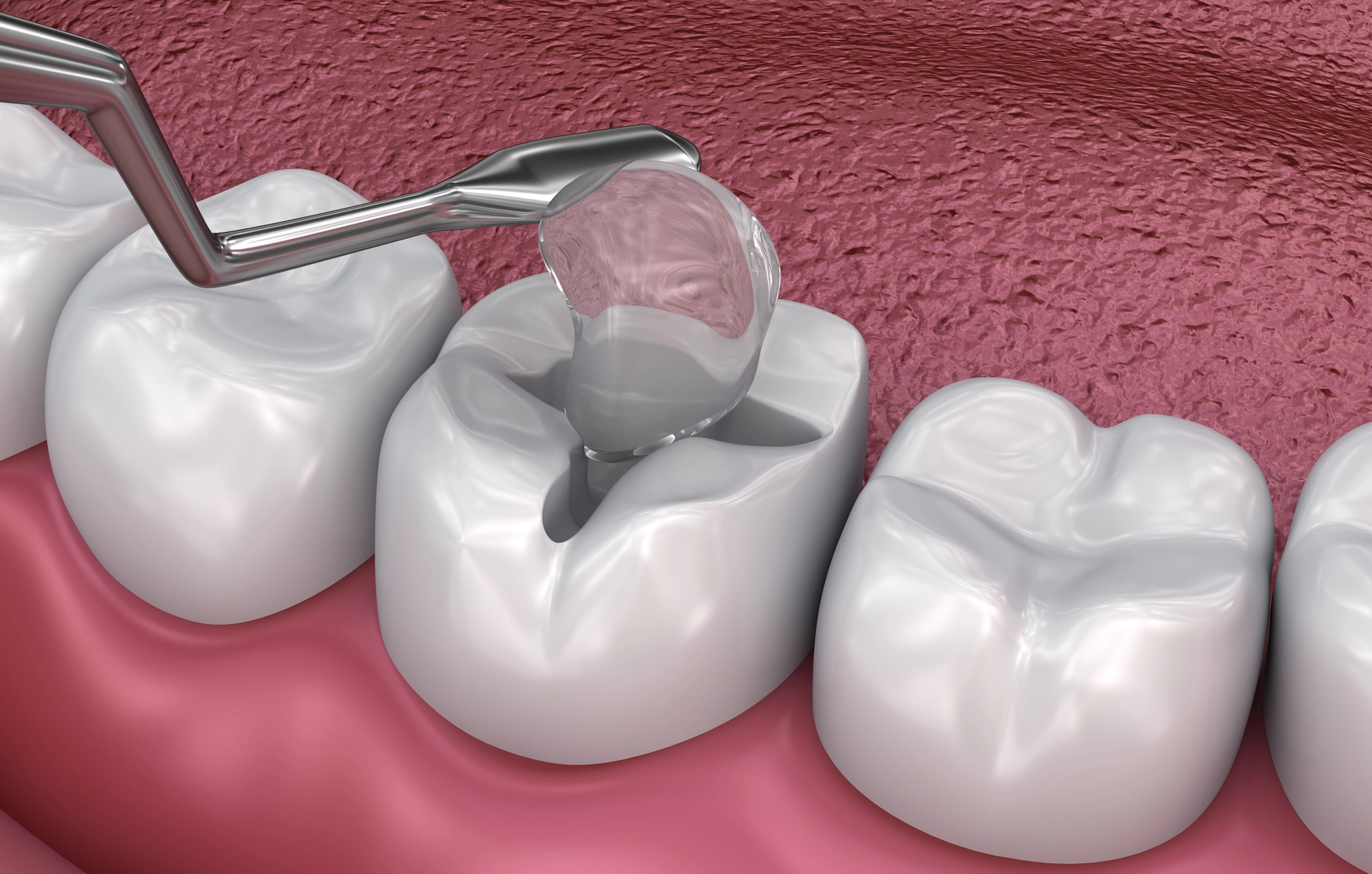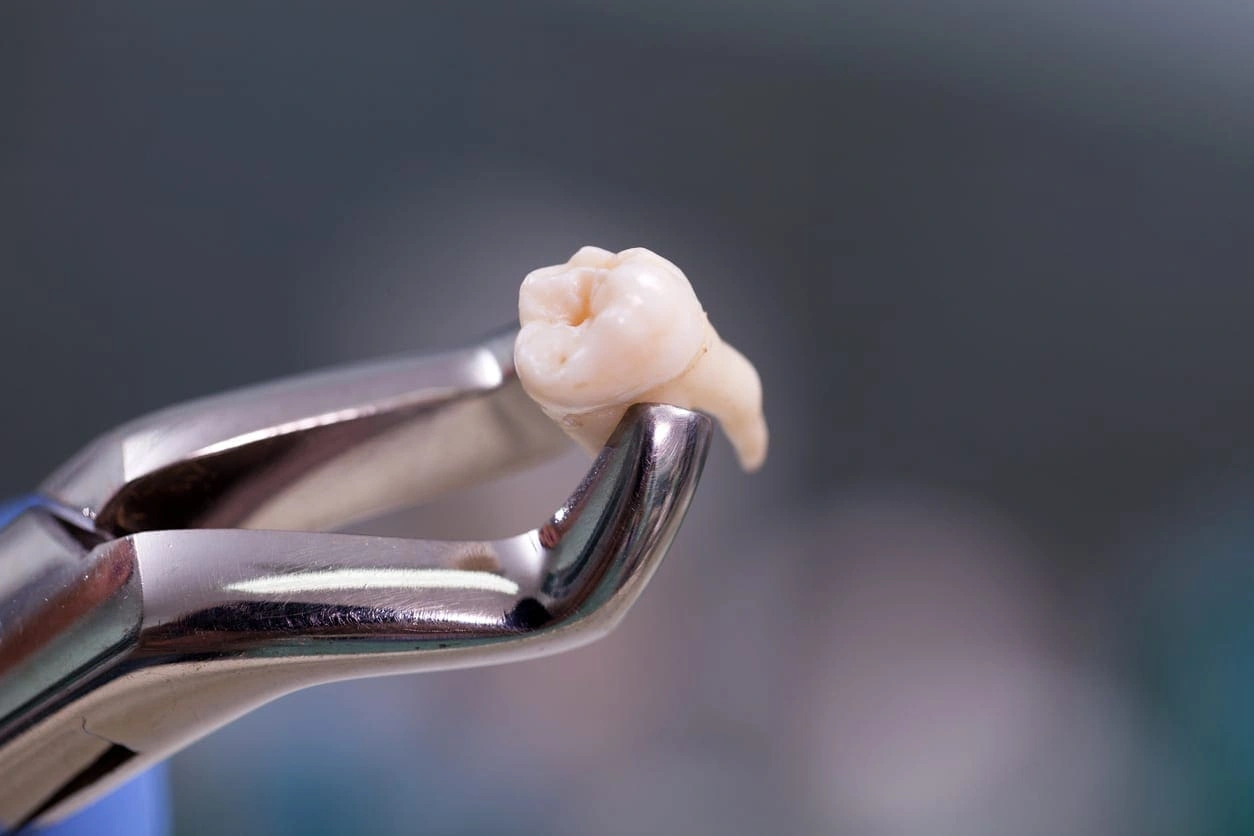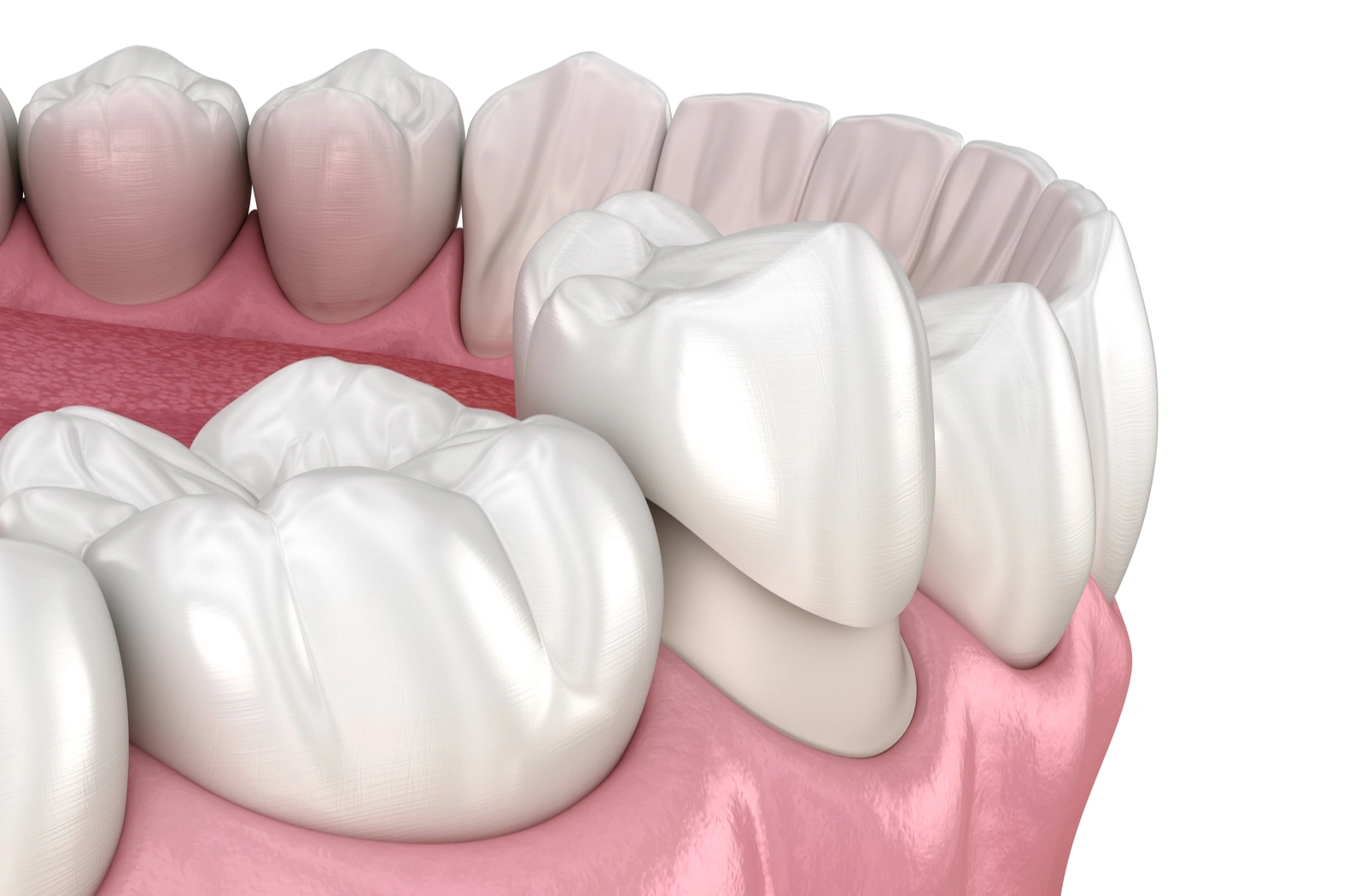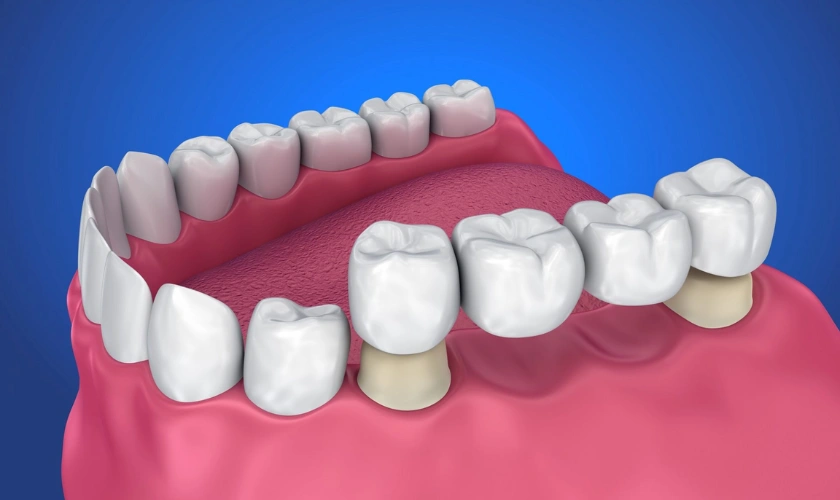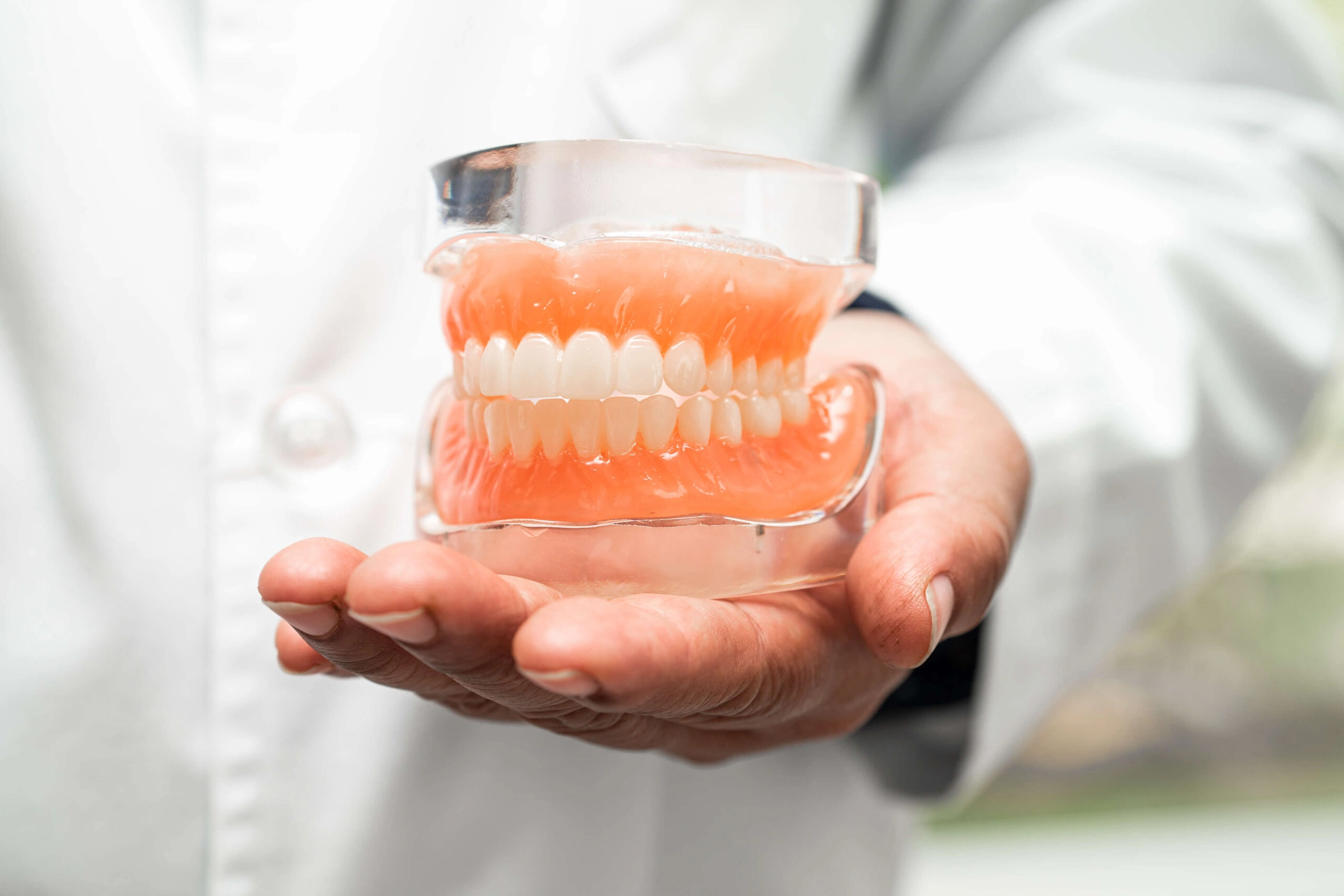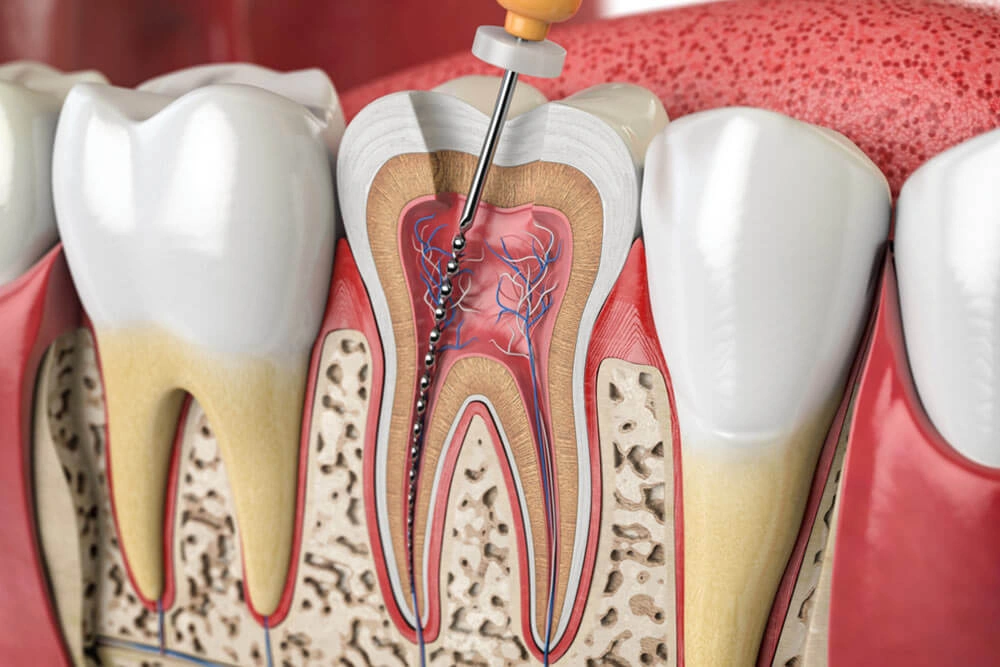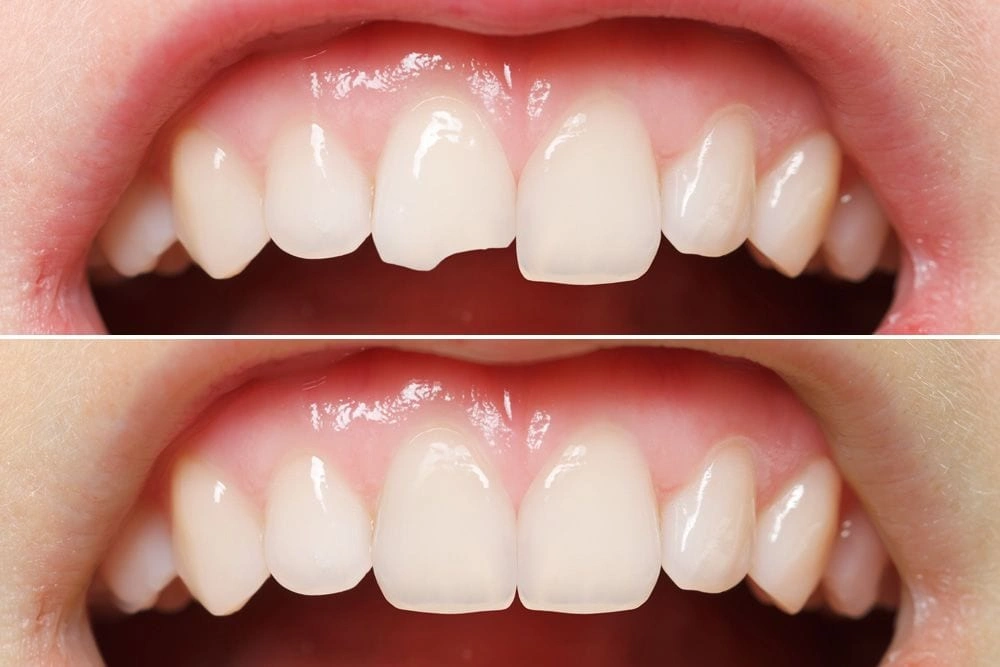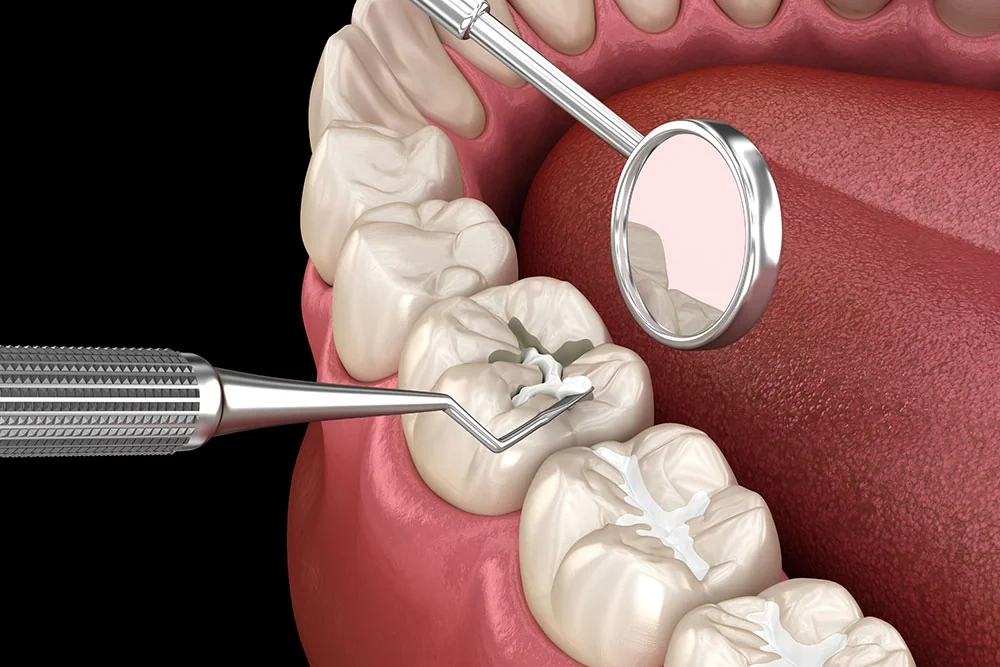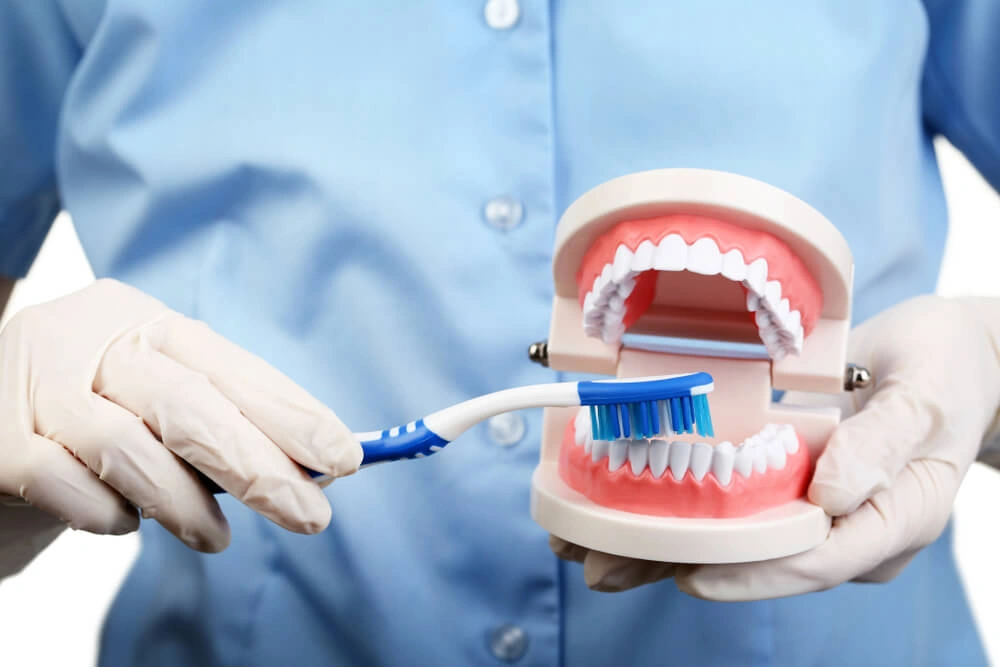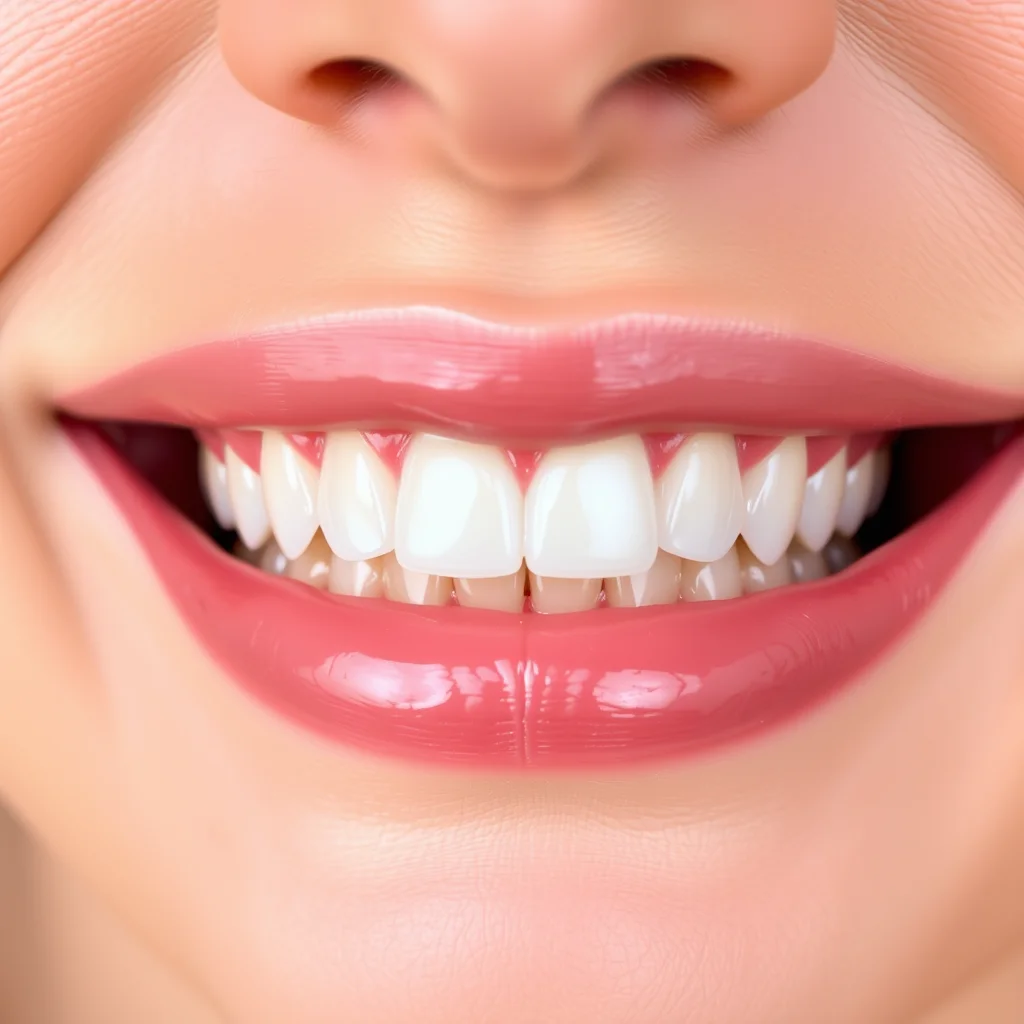
What is the Best Age to Visit an Orthodontist? Find Out!
What is the best age to visit an orthodontist? Discover the ideal time for braces!
When considering orthodontic treatment, many patients and parents ask, “What is the best age to visit an orthodontist?” This question is essential because early intervention can prevent minor dental issues from developing into complex problems, saving time, discomfort, and often, costs. At South Surrey Dental, we believe that understanding the right timing for orthodontic visits can significantly influence the success of treatment and overall dental health.
What are the age ranges when orthodontic treatment is most effective?
Early orthodontic evaluation is recommended typically around age 7. At this age, the dentist can identify issues such as bite problems, misaligned teeth, or jaw growth concerns. Starting treatment early can guide the proper development of the teeth and jaw, potentially reducing the need for more extensive procedures later. The American Association of Orthodontists advocates for early assessment to create custom treatment plans that align with your child's growth patterns.
Absolutely. Adolescents often benefit immensely from braces or other orthodontic appliances. During teenage years, most permanent teeth have erupted, making it easier to diagnose and treat alignment issues effectively. Teenagers are also more compliant with wearing devices and maintaining oral hygiene. Early teenage years typically provide the ideal window to achieve optimal results before jaw growth slows down.
Are adults suitable candidates for orthodontic intervention?
No, it’s never too late! Increasing numbers of adults are seeking orthodontic care to improve their smile and dental function. Advances in technology, such as Invisalign, have made braces more discreet and comfortable for adults. Although the timeline may be longer compared to younger patients, effective results are achievable at any age. If you're considering orthodontics, it’s vital to consult with a professional to develop a plan tailored to your specific needs.
How do growth patterns influence the timing of orthodontic treatment?
Jaw growth significantly impacts the success of orthodontic treatment. During childhood and early adolescence, the jaw structures are still developing, providing opportunities to guide growth in favorable directions. For example, devices like expanders can correct crossbites or crowding by stimulating optimal jaw development. If growth is completed, treatment options are still available but may involve more complex or invasive procedures.
What are the signs indicating it’s time to consider an orthodontic consultation?
- Persistent thumb sucking or mouth breathing
- Difficulty chewing or biting
- Misaligned or crooked teeth
- Speech difficulties related to dental issues
- Overbite, underbite, or crossbite
- Gum or jaw pain
- It’s been several years since the last dental check-up
If you notice any of these signs, scheduling an orthodontic assessment can help identify issues early on. Early intervention often results in less invasive treatment and better outcomes. For families searching for a convenient and trustworthy dental care provider, our team at Affordable Dental Care East Panorama Ridge BC offers comprehensive evaluations for all ages.
What are the benefits of early orthodontic intervention?
Early orthodontic treatment can address dental problems proactively, leading to numerous benefits:
- Prevents more severe bite and alignment issues in adulthood
- Reduces the need for tooth extractions or surgery later in life
- Improves function, speech, and chewing efficiency
- Boosts confidence with a better smile during formative years
- Guides jaw growth to prevent asymmetries
Understanding the timing of orthodontic care is essential for optimal results. Waiting too long might limit certain treatment options, while early detection can streamline the process.
Should I wait until my child’s teeth are fully grown?
Waiting until all permanent teeth emerge can sometimes lead to missed opportunities for early corrective measures. Early assessment allows for guiding dental development, which can prevent more complex treatments in the future. While it’s okay to wait until all adult teeth are present for some procedures, a consultation at an earlier age provides valuable insights and planning options.
How do orthodontists determine the right timing for braces?
Orthodontists rely on comprehensive examinations, including x-rays, photographs, and dental mold analysis, to evaluate growth patterns and dental alignment. These assessments help identify whether to pursue early intervention or wait until further development has occurred. Customized treatment plans are then designed to optimize results, considering factors like jaw growth potential and the severity of misalignment.
What types of orthodontic treatment are available for different ages?
- Children (around age 7-10): Use of appliances like spacers and expanders to guide growth.
- Teens: Traditional braces or clear aligners to correct alignment issues effectively.
- Adults: Invisalign or ceramic braces designed for discretion and comfort.
Each age group benefits from tailored treatment strategies that consider growth, lifestyle, and specific dental concerns.
How can I ensure the best outcome for my or my child’s orthodontic treatment?
Start with a thorough consultation with a qualified orthodontist. They will evaluate dental history, conduct necessary diagnostics, and discuss treatment options. Maintaining excellent oral hygiene and following orthodontic instructions are crucial during treatment. Regular check-ups ensure progress aligns with expected outcomes, minimizing complications. For those interested in early consultation, our clinic offers comprehensive assessments that can be scheduled at your convenience.
Conclusion: Determining the Best Age to Start Orthodontic Care
The question, "What is the best age to visit an orthodontist?" depends on individual circumstances, growth patterns, and specific dental issues. Early evaluation, typically around age 7, allows for guidance of dental development, potentially reducing the need for invasive procedures in the future. However, orthodontic care is beneficial at any age, emphasizing the importance of personalized assessment and tailored treatment plans.
Whether you're considering braces for your child, adult orthodontics, or simply want to explore your options, consulting with an experienced orthodontist is the best first step. To learn more or schedule a consultation, contact South Surrey Dental. Our team is committed to helping you achieve a healthy, confident smile at the right time for you.
Frequently Asked Questions (FAQs)
The American Association of Orthodontists recommends an initial evaluation by age 7. This early check-up helps identify potential concerns and guide subsequent treatment planning.
Yes. Modern orthodontic options like Invisalign and ceramic braces make it possible for adults to achieve a perfectly aligned smile, regardless of age.
Duration varies depending on the complexity of the case, but most treatments range from 12 to 24 months. Regular visits ensure the best possible outcome.
For personalized advice tailored to your unique situation, schedule a consultation with our experienced team today!
